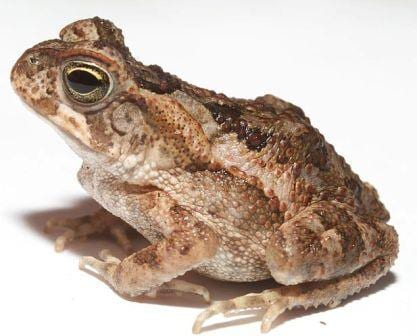Specimen of the Week 192: The Harvestman
By zcqsrti, on 15 June 2015
Case 11: the final resting place of those that once scuttled and dashed between the shadows. Many eagerly feature in our lives, brushing softly against the unaware’s skin, only to dart off as they are noticed, leaving a split second image of many a shambling leg to return as a parting gift at night when the lucidity of dreams kick in. Staring out from the dim stillness a dour creature resides, and an eternal watch it holds.
It was at first the near-symmetry of this specimen that drew me to it while bumbling around the Grant Museum; but after doing a little research, only then did it become apparent that this creature is far deserving of a week-long bask in the limelight. These critters are easily mistaken for spiders, both having eight spindly legs, but in fact they are far cuter, and much to the ire of arachnophobes. Many aspects of their biology and their cultural influence make them the spider’s rather well-appreciated cousin, and rightfully so.
So thus begins my job to convince you, dear literary companion, of this creature’s cause, lest it be cast off back to the tenebrous corners where the resting beasts of Case 11 do creep and surge. This week’s Specimen of the Week is…
 Close
Close



